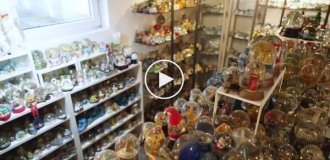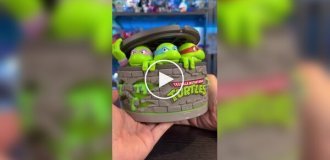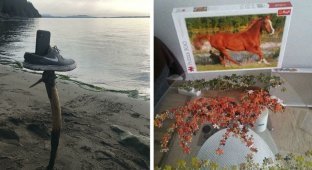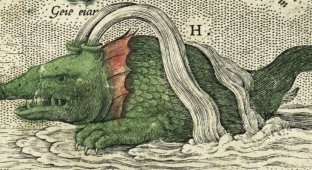A “globster mermaid” washed ashore in Papua New Guinea (6 photos)
Globsters are large, unidentified masses of organic matter that periodically wash ashore from the depths of the water. With no obvious organs or recognizable features, these decomposed remains of marine animals are difficult to identify. Just a find for any cryptozoologist! Recently, such an object washed up on a beach in Papua New Guinea, and it has already been dubbed a mysterious mermaid and a monster unknown to science. 
The Mermaid Globster caused quite a stir a month ago when it was found on the ocean shore on Simberi Island. It is a small volcanic island with a population of about a thousand people, which is located in the New Ireland province of Papua New Guinea. 
The discovered globster had a tail, most of its head was missing and huge chunks of flesh were missing. Marine life experts can't say for sure what this thing was before. In general, everyone agrees that it must be some kind of animal, but what exactly? Here the answers vary - from different types of whales and dolphins to a “sea cow” and even a shark.
The problem of identification also lies in the fact that local residents quickly buried the find - they couldn’t leave it on the shore - and you can only rely on photographs. DNA analysis could probably help, but no one will do it now. There is no data even on how big the globster was or how much it weighed. 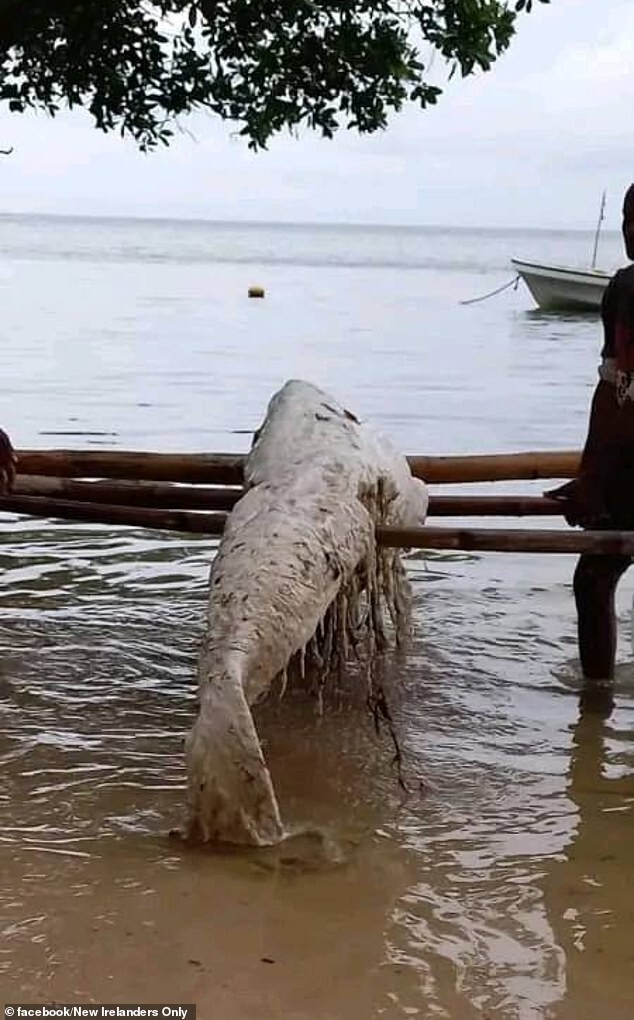
But the photographs immediately appeared on social networks with a story about a “mysterious mermaid” and the question “Can anyone help identify this creature?” This caused a wave of discussion on the Internet. Some argue that these are the remains of a dugong or a “sea cow”; others argue that this is a shark. 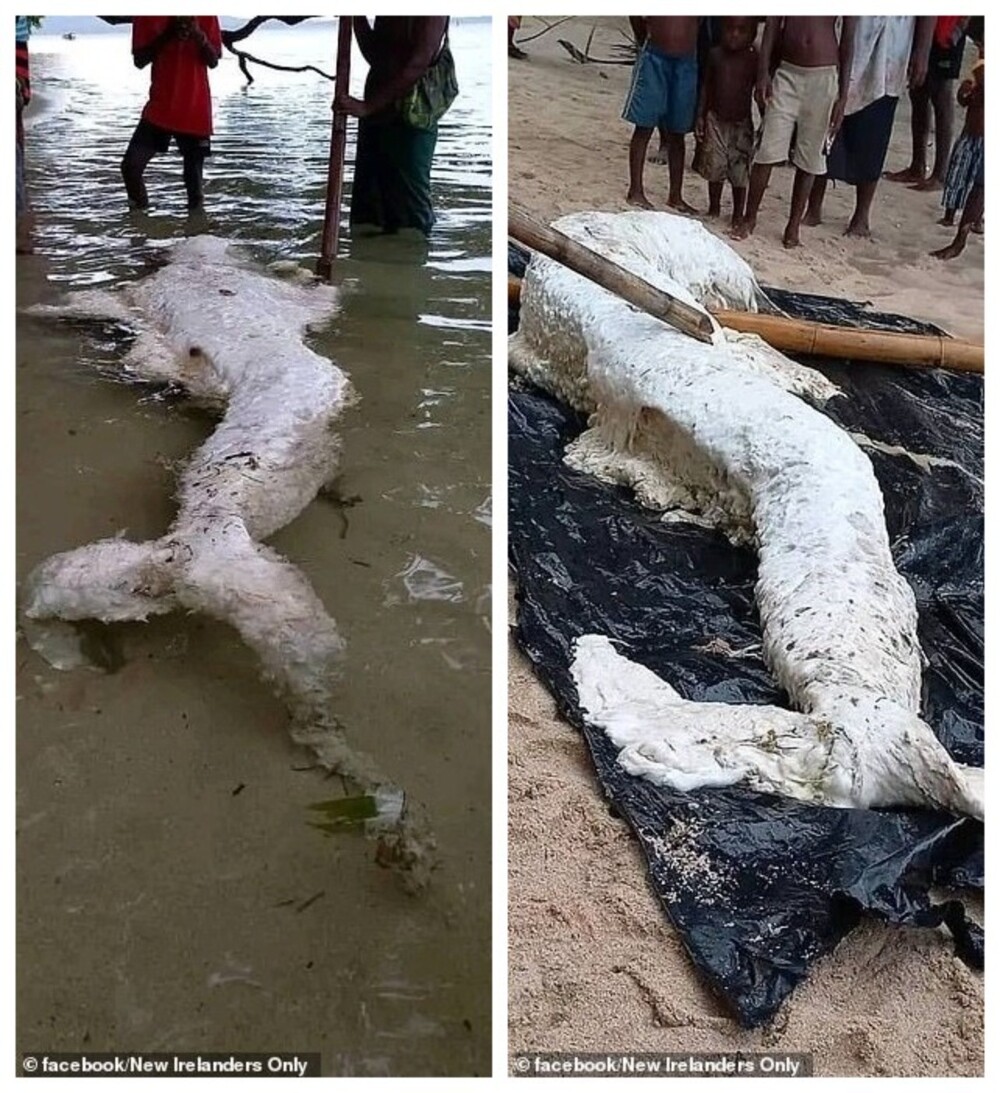
However, experts are also inclined towards the “sea cow” version. Erich Hoyt, a researcher with the British charity Whale and Dolphin Conservation, believes the shapeless mass found was a dugong, which had been dead for several weeks or longer at this point. The second guess is that it could be a small whale. But without examining the skull and DNA analysis, no more can be said. 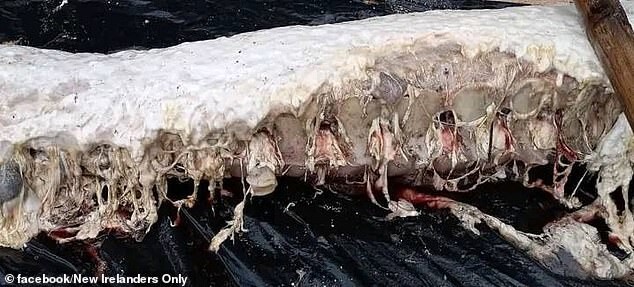
Jens Curry, chief scientist at the Pacific Whale Foundation in Hawaii, also agrees that it was a "sea cow" often found in shallow waters near Simberi Island.
“My assessment is that it could be a dugong,” he says. “The amount of fat also indicates a marine mammal rather than a shark.”
Helen Marsh, an environmental scientist at James Cook University in Australia, also believes it was definitely a marine mammal, but which one "is anyone's guess." 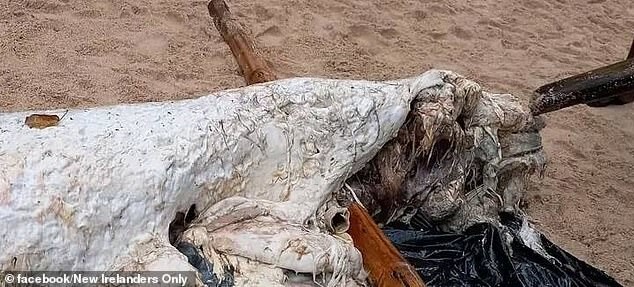
Sasha Hooker, a marine mammal expert at the University of St Andrews in Scotland, said it appeared to be a "very decomposed cetacean" such as a whale or dolphin.
These creatures are known to turn white when their skin falls off.
If it is a cetacean, the most common species near Papua New Guinea are whirligigs, sperm whales, short-finned pilot whales and pantropical spotted dolphins.
Unfortunately, we will never get 100% confirmation that it happened, but one thing is for sure: in the future, more than one such mysterious “mermaid” will probably wash up on the shore.
